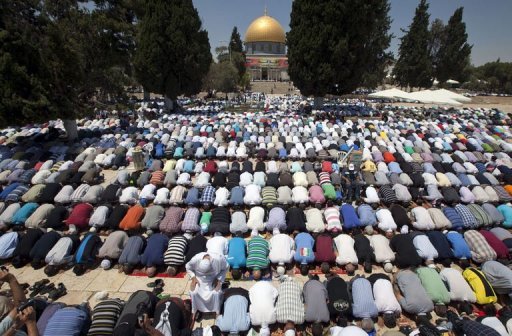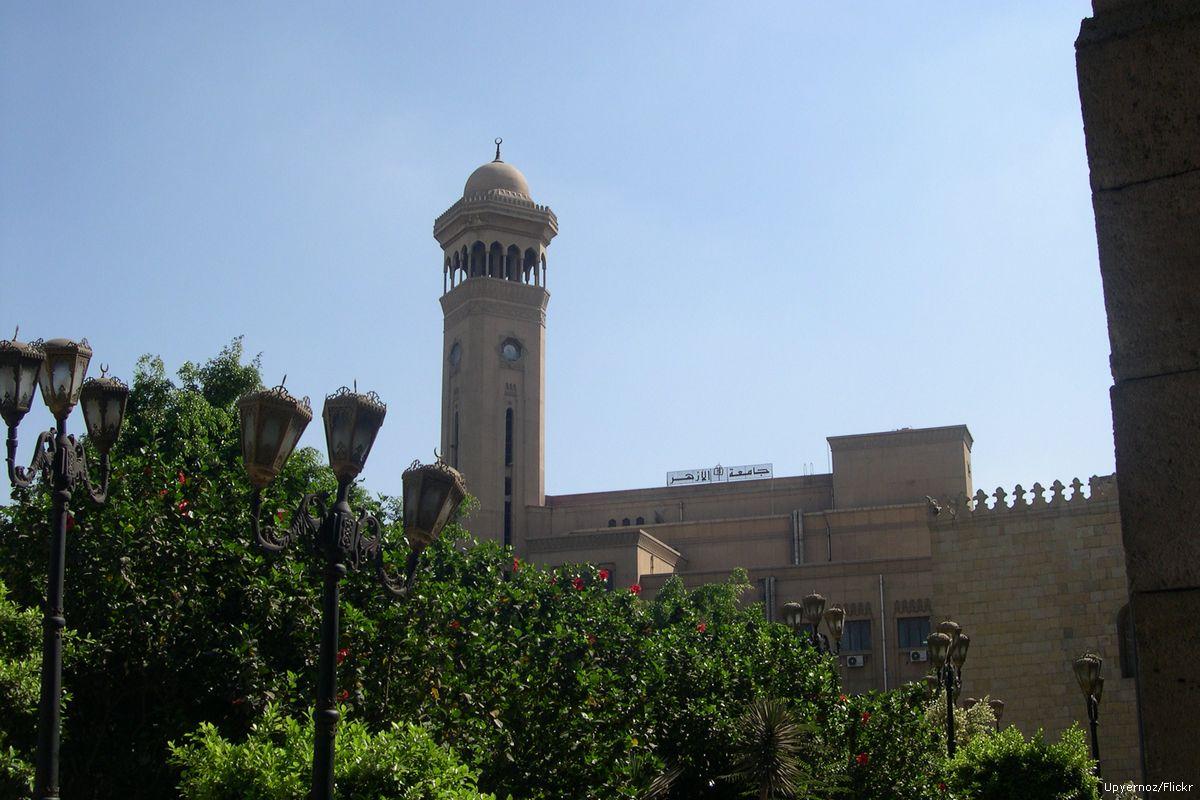Tolerance is a very peculiar thing. Not only is it both a sentiment and a behavior, it is also defined by its antagonist–intolerance. To be tolerant, one must not only learn to accept others who are different, but also that intolerance is the greatest threat to tolerance itself. What should a tolerant person do then when confronted with intolerance?
History is full of examples where intolerance is met with more intolerance. Girolamo Savonarola, a radical Dominican cleric and ruler of Florence for four years in the late 15th century, had declared war on the Renaissance and all its symbols, rejecting all knowledge creation that challenged his conception of the world. Everything from Sandro Botticelli’s paintings to ancient poetry were set alight in public ceremonial burnings often known as the “Bonfires of Vanities.” The response of official religious institutions at the time was not in line with the teachings of Jesus Christ to love one's enemies. Rather, Pope Alexander VI ordered Savonarola’s excommunication and execution on charges of heresy. The radical cleric faced the same fate as the subjects of his fiery rampages. He was burned at the site of his bonfires in Florence’s Piazza della Signoria where he had destroyed his adversaries and their intellectual output.
Over the last few weeks, religious tolerance in Egypt has faced one of its most trying times since Sadat’s heavy-handed stance and actions towards the Copts and the Church. The story of a once-estranged priest’s wife, Camilia Shehata, has galvanized the public and polarized religious communities. Conflicting stories about her alleged conversion to Islam and her return to the Church has raised questions about apostasy and religious freedom.
A fringe group of Azharite clerics that go by the name “Al-Azhar Scientific Front” has called for a boycott of all Christian or Christian-majority establishments in protest against what they believe is the Church’s abduction of Camilia and forced conversion back to Christianity. Demonstrations against the Pope and Church drew hundreds, particularly after some Egyptian papers published photographs of Camilia in garb resembling a veil, thereby suggesting she had converted to Islam. Protesters called for government intervention to curb what they argue is a supra-state status that the Church enjoys and to make one of the world’s oldest Christian institutions subservient to the state. Such a proposition was harshly criticized by Father Bishoy, secretary for the Coptic Ecclesiastical Council, who responded in an interview that he was prepared for martyrdom to protect the Church’s principles and told the journalist at one point “What more do you want? You want to lead our prayers and run our church services too?”
Historically, it is both uncommon for church figures in Egypt to lose their cool in such a manner and for a group of Azharites to refer to the Pope as a “devil.” Such heated rhetoric compromises the pragmatic interests of both religious communities and potentially threatens the fragile discourse of national unity. What would precipitate the extensive publicization of such intolerant statements? In a nation whose media is still closely monitored, it comes as a surprise that the issue of Camilia’s faith received this much press attention despite all Coptic matters being considered extremely sensitive. Has the door been opened for such fodder to seep into public debate? Why is the state surprisingly silent in the resolution of this issue?
Perhaps there are larger political advantages to this cacophony. It is well known that at times of sectarian strife, the church and its adherents turn to the state for protection from the masses. In this case the regime has certainly won points with the Copts. Father Bishoy did not hesitate to express his affection for President Hosni Mubarak and his son Gamal in the very same interview. Conversely, Al-Azhar Scientific Front, a group usually at odds with the regime, is appealing to the state to use constitutional means to control the Church. On both counts, the ruling National Democratic Party comes out victorious. They may even be pulling the rug from under reformist Mohamed ElBaradei’s coalition ironically by attracting both Copts and more conservative Muslim groups who simultaneously seek its backing, council, security, and intervention. Alas, in the process, they will have allowed intolerance to fester unabated.
At the end of the day, nations should be judged not by how they represent their majorities but how they treat their minorities. Egyptian Muslims must not perceive Christians as adversaries. It is also imperative that the topic of conversion be addressed in a fair and comprehensive fashion to avoid these dangerously explosive scenarios. The case of a single woman’s freedom of religion, not unlike the call for burning the Quran by a miniscule church in the United States, is a storm in a cup, telescopically magnified by the media with deplorable effects. Reality is lost in the midst of a vortex of media messages, emotions and collective identification. So where is reality then?
French sociologist and cultural theorist Jean Baudrillard argued that in our present era all realities are questionable since all representations are manufactured. He used the term simulacrum, Latin for “likeness” or “similarity,” to describe the copying or counterfeiting of realities. Not unlike reproduced paintings and photocopied manuscripts, a simulacrum fills in for the authentic reality. In a world where media practices are capable of amplifying and magnifying happenings, this process intensifies as images–which may bear no relation to the actual world–actually replace reality.
The Florida pastor Terry Jones’ publicized intent to hold Quran burnings on September 11 is a good example of a simulacrum. Once the desire was expressed, the entire mechanism to document and manufacture the story of the burning and its repercussions was triggered and could not be stopped. In the end, as the pastor retracted his call and all that remained were hundreds of journalists convened on September 11 in front of the lawn of the Gainesville, Florida church to report nothing whatsoever.
Nevertheless, hyper-reality had already been created. The virtual world of social media–blogging, Facebook, Twitter, and discussion forums–was alight with activity surrounding the burning as if it had already happened. News stories about the burning had to be modified slightly but went to print to report nothing. People had already lost their lives, in places like Afghanistan and Kashmir, protesting against the anticipated desecration of their holy book. But no Qurans were burned. A non-event had stolen the spotlight on September 11.
What we must realize, however, is that in a world of infotainment and simulacra, where representations rule reality (unlike the world of Savonarola), it should be inconsequential whether an unknown pastor calls for a Quran burning and irrelevant what Camilia believes in her heart.
Adel Iskandar is a media scholar and lecturer at Georgetown University. His column appears every other Thursday.




